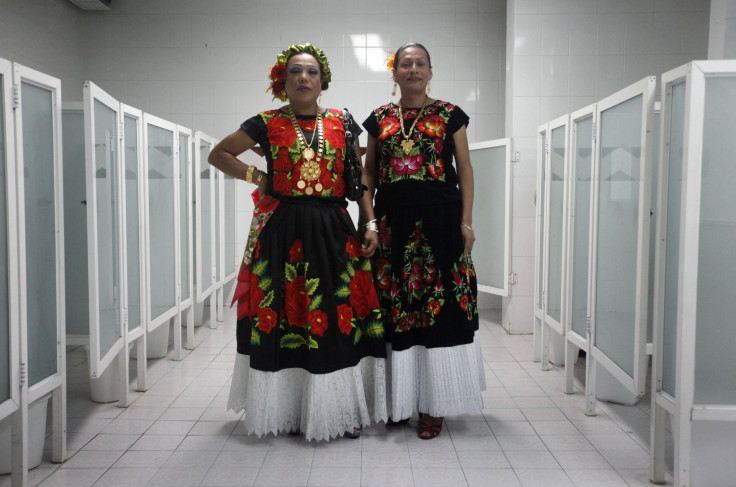
What in other societies is usually labeled as gay, bisexual, transgender, or transsexual, in Oaxaca, Mexico, in the indigenous Muxe community, it’s considered a third gender. Anthropologists say that the tradition of blurring genders among Mexico’s indigenous population can be traced back centuries, but it has been revived in recent decades due to the gay pride movement.
The Muxes, who are mostly of ethnic Zapotec descent, are people who are born as males but assume the role of a woman from a young age according to tradition. This year marked the 40th anniversary of La Vela Muxe, a folkloric event that takes place every November, in which members of the community celebrate Muxes as members of society.
The Muxe community has managed to cross borders and is now being recognized in the United States. José Pablo Martínez, who is in charge of La Vela Muxe’s event in Los Angeles, tells Hoy Los Angeles “they want to give the Muxe community visibility and demonstrate that the inclusion of sexual diversity is possible, just like it happens in most parts of the Istmo de Tehuantepec region.” La Vela Muxe has been celebrated in California since 2013.
In Mexico, La Asociación Nacional de Comercio y Turismo LGBT (LGBT National Association of Commerce and Tourism) created Ruta Istmo (Istmo Route), catalogued as a Muxe destination that aims to strengthen the Zapoteca gay community. This will be the first touristic route in Oaxaca to support the Muxe identity, their activities and their way of living.
© 2025 Latin Times. All rights reserved. Do not reproduce without permission.





